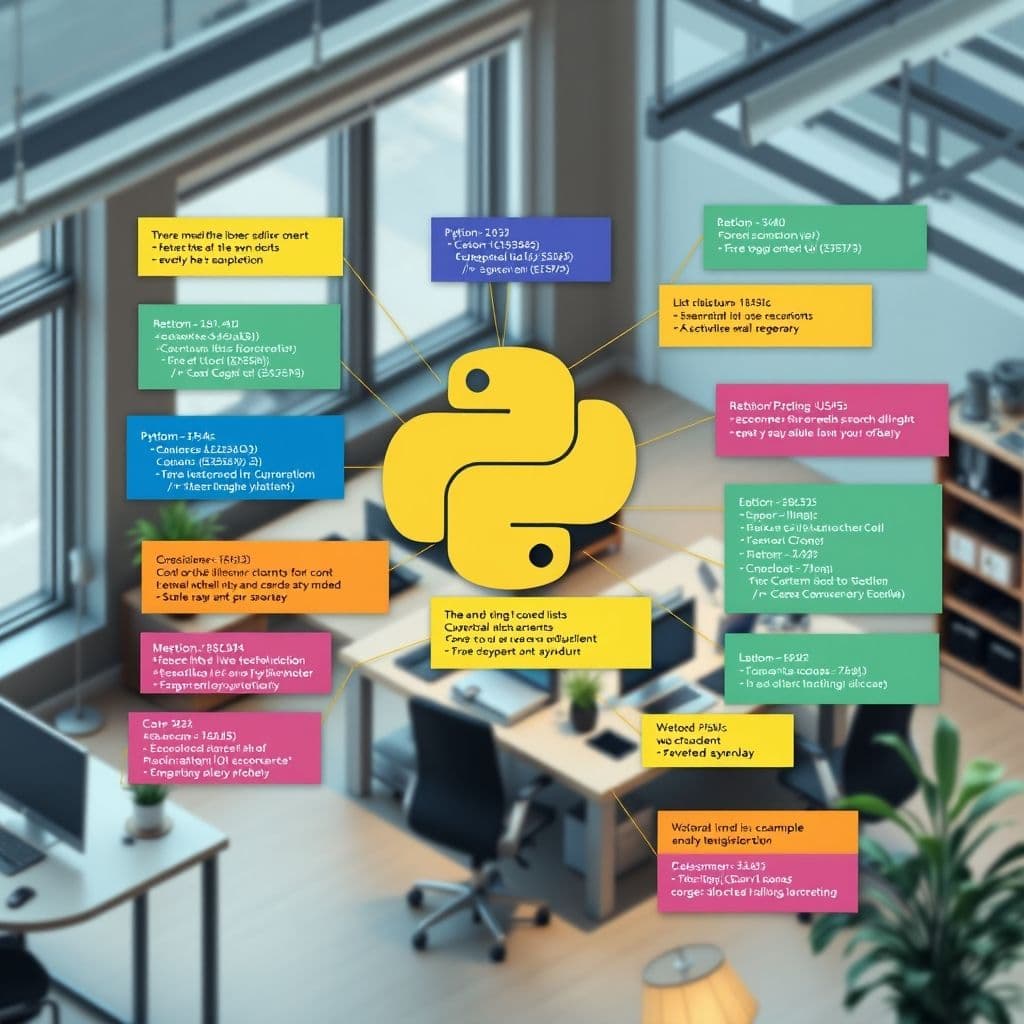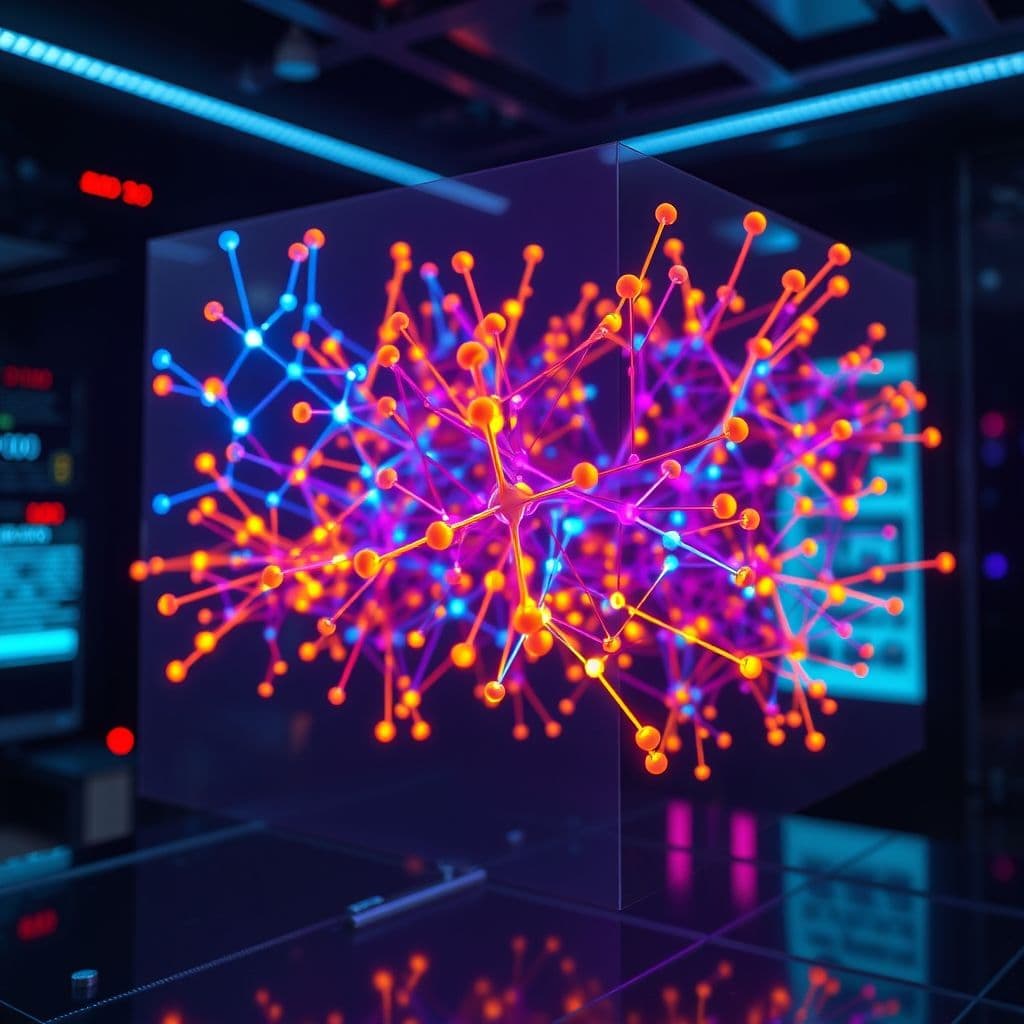Intelligent Agent Development: A Step-by-Step Guide to Mastering AI Agents

Intelligent agent development represents the cutting edge of artificial intelligence, where software entities perceive their environment and take actions to achieve specific goals. Whether you're interested in creating virtual assistants, game AI, or autonomous systems, mastering intelligent agent development opens doors to exciting opportunities in tech. This comprehensive guide will walk you through each step of becoming proficient in building sophisticated AI agents, from programming fundamentals to advanced machine learning techniques. View original learning path
Step 1: Fundamentals of Programming
Before diving into AI, you need solid programming foundations. Python is the most popular language for AI development due to its simplicity and rich ecosystem of libraries. JavaScript is also valuable for web-based AI applications. Start by mastering basic data structures like lists (arrays), dictionaries (key-value pairs), and sets. These will be essential for handling AI data. Control structures - loops (for, while) and conditionals (if-else) form the backbone of program logic. Practice by writing small programs that manipulate data structures using these control flows.

Step 2: Mathematics for AI
AI relies heavily on mathematical concepts. Linear algebra forms the basis of machine learning - vectors represent data points, matrices handle transformations and operations. Calculus helps understand how AI models learn through derivatives (rates of change) and integrals (accumulation). Optimization techniques use calculus to improve model performance. Probability and statistics are essential for dealing with uncertainty in AI systems. Learn about probability distributions (normal, binomial) and statistical tests (t-tests, chi-square) that help analyze AI model behavior.
Step 3: Introduction to Machine Learning
Machine learning is the foundation of intelligent agents. Understand the difference between supervised learning (labeled data) and unsupervised learning (finding patterns in unlabeled data). Start with basic algorithms like linear regression (predicting continuous values) and decision trees (making decisions based on features). Learn how to evaluate your models using metrics like accuracy (correct predictions), precision (relevant results), and recall (finding all relevant cases). These concepts will help you assess your agent's performance.
Step 4: Deep Learning Basics
Deep learning enables more sophisticated agent behavior through neural networks. These networks consist of layers of interconnected nodes that process information. Learn about different architectures like feedforward networks for basic tasks and recurrent networks for sequence data. Activation functions like ReLU (fast learning) and sigmoid (probability outputs) determine how nodes respond to inputs. Understand training techniques like backpropagation (adjusting weights) and gradient descent (optimizing performance) that help your agent learn from data.

Step 5: Reinforcement Learning
Reinforcement learning is particularly important for autonomous agents. In this paradigm, agents learn by interacting with an environment and receiving rewards for good actions. Understand the components: the agent (your AI), the environment (where it operates), and the reward system (feedback mechanism). Learn about Q-learning (value-based approach) and policy gradients (direct policy optimization). The exploration vs exploitation trade-off is crucial - balancing trying new actions versus sticking to known good ones.
Step 6: AI Agents Design
Now we focus specifically on agent design. Multi-agent systems involve multiple AI entities interacting, like in traffic control simulations. Study different architectures: reactive agents (simple stimulus-response), deliberative agents (plan-based), and hybrid approaches combining both. Communication protocols enable agents to share information - learn about standard methods like contract net protocol. These concepts help you design agents that can operate effectively in complex environments.
Step 7: Advanced Topics in AI Agents
For cutting-edge agent development, explore deep reinforcement learning combining neural networks with RL. Transfer learning allows agents to apply knowledge from one task to another, saving training time. Ethical considerations are increasingly important - ensure your agents make fair decisions and their behavior is explainable. These advanced topics will help you create more capable and responsible AI systems.
Step 8: Practical Implementation
Put your knowledge into practice using popular libraries. OpenAI Gym provides environments for testing reinforcement learning agents. TensorFlow and PyTorch offer tools for building neural networks. Participate in AI competitions on platforms like Kaggle to test your skills against others. Contributing to open-source AI projects gives you real-world experience and connects you with the developer community.

Step 9: Continuous Learning and Community Engagement
AI evolves rapidly, so continuous learning is essential. Follow research papers from conferences like NeurIPS and ICML. Join AI communities on platforms like Reddit's r/MachineLearning or specialized forums. Attend local meetups and major conferences to network with professionals. This ongoing engagement will keep your skills sharp and your agents at the cutting edge.
Conclusion
Developing intelligent agents is a challenging but rewarding journey that combines programming, mathematics, and advanced AI techniques. By following these steps - from mastering fundamentals to implementing practical solutions - you'll build the skills needed to create sophisticated AI systems. Remember that agent development is iterative; each project builds your expertise. The field offers endless opportunities for innovation as AI becomes increasingly integrated into our world.
Frequently Asked Questions
- How long does it take to become proficient in intelligent agent development?
- The timeline varies, but with consistent study (10-15 hours per week), you can build basic agents in 6-8 months. Full proficiency typically takes 1-2 years as you master advanced concepts and gain practical experience.
- What are common mistakes beginners make when developing AI agents?
- Common pitfalls include starting with overly complex projects, neglecting the mathematical foundations, not properly evaluating agent performance, and underestimating the importance of clean data. Begin with simple agents and gradually increase complexity.
- Do I need a powerful computer to develop AI agents?
- For basic agents and learning, a standard computer suffices. As you progress to complex models, cloud services (like Google Colab) or GPUs become helpful but aren't required initially. Focus on learning concepts first.
- How is intelligent agent development different from general machine learning?
- While machine learning focuses on creating models that learn from data, intelligent agent development emphasizes creating systems that perceive environments, make decisions, and take actions to achieve goals - often using machine learning as one component.





